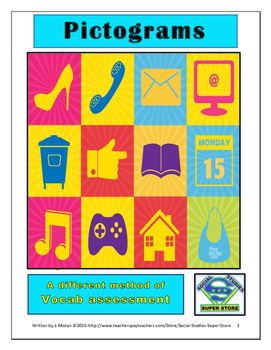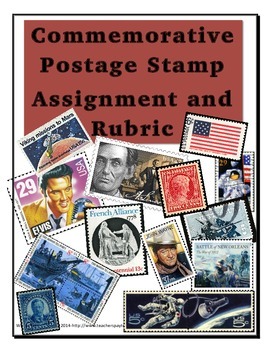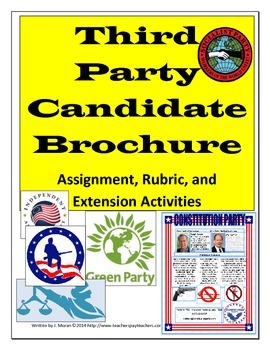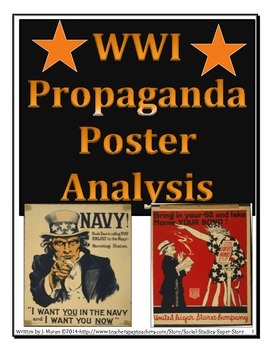A Call To Arms: Protect History Classes In Our Schools:
In 2012 Marine Corps scout snipers were seen in a photo standing around a logo identical to the one used by an elite Nazi military unit. The Marines were the Charlie Company, 1st Reconnaissance Battalion from Camp Pendleton, California. This Battalion was deployed in Afghanistan when a photo emerged showing the Marines standing in front a blue flag with two large “SS” emblazoned upon it, and an American flag above it. The shape of the Marines' “SS” was identical to the infamous Nazi Schutzstaffel.
History teaches us the Nazi SS assumed a leading responsibility for security, identification of ethnicity, and control of the concentration camp system. In short the SS played a key role in the deaths of six million jews and another five million “undesirables” during the Holocaust.
Not only did the SS play an important role in the concentration camps, but members of this unit were very carefully chosen. SS candidates were required to complete a rigorous selection process where their “racial” ancestry was carefully traced. Once chosen, an SS soldier was deemed the best German because of their racial heritage. Also, members of the SS swore an undying loyalty towards Adolf Hitler.
Again, history teaches us how the SS committed other dastardly war crimes during World War II. Such as impersonating American soldiers during the Battle of Bulge. During this battle, the SS not only wore American uniforms, but spoke near perfect English, drove confiscated American jeeps, and redirected badly needed supplies and support troops to bogus destinations. Then after the SS captured Americans soldiers they killed them. This is what history teaches us about the SS. The SS were not heroes, but cold blooded, cowardly thugs who killed old women and babies in concentration camps. Then, breaking the soldiers creed and military codes they killed American POWs in cold blood. This is what the “SS” truly represents.
Do Marines today really want to compare themselves murderous cowards? I don’t think so…
In fact a Marine official stated that “We don’t believe these Marine Corps snipers had a historical appreciation for what this symbol meant.” I agree. I know many current and former United States Marines, some of my former students are currently serving in the Corps. I have never questioned their loyalty. But how did this happen? Might this be the result of schools across the nation butchering history classes and graduation requirements to almost zero? I say yes. Clearly these young Americans did not remember or know their history when the identical “SS” appeared on a blue flag they posed for in their picture.
Secondly, this is not only a blaring example where the lack of historical understanding has proven itself. But also, history allows us to learn and appreciate from past mistakes and successes others have made. What worked, and what did not work. History is what strings our customs and traditions together a nation. History can, and often does serve as a guide. After all, if you don’t know where you have been, how do you know where you are going?
But as a history teacher I am deathly concern for my future Americans. Will the next generation remember the causes of World War I, or the how our government was sucked into the quagmire known as the Vietnam War? Will future politicians forget these important lessons because school districts across the nation continue the assault on history? I do believe this will be true.
The “SS” flag incident should serve as a warning and urge us to a call to arms. What will you do to save history in your local school? Will you contact your local school board members tell them the important history plays in the future of America? Write letters to the editor. Talk to your neighbors. Let your state leaders know about stories like this can serve as an example of why history is important.







